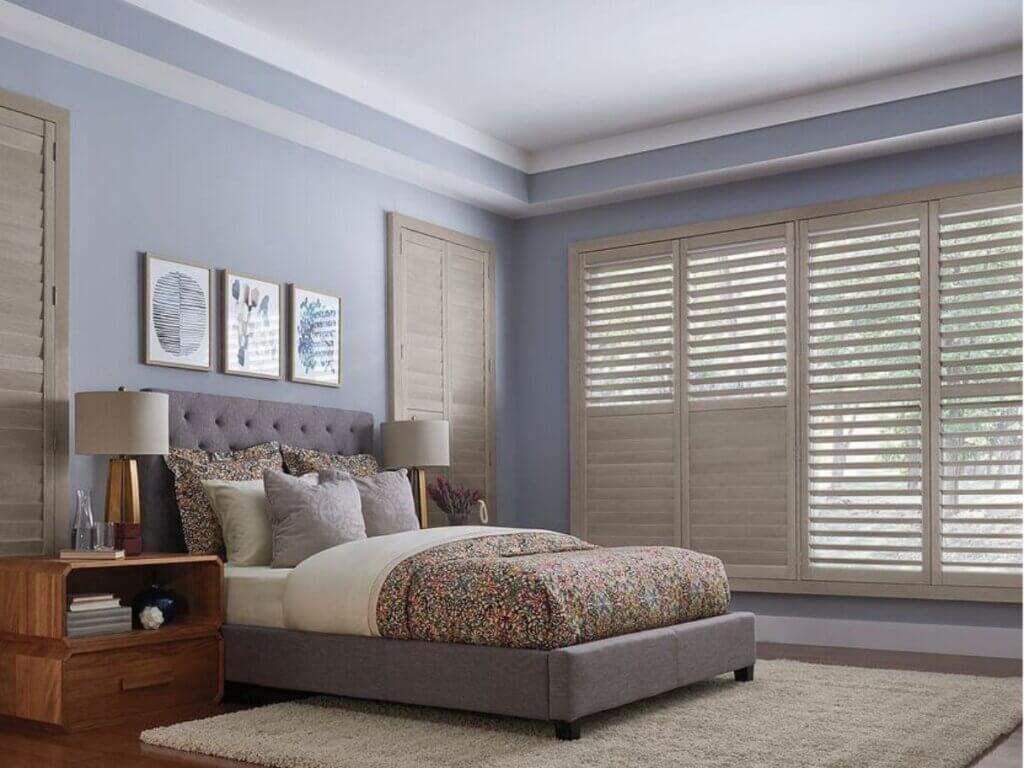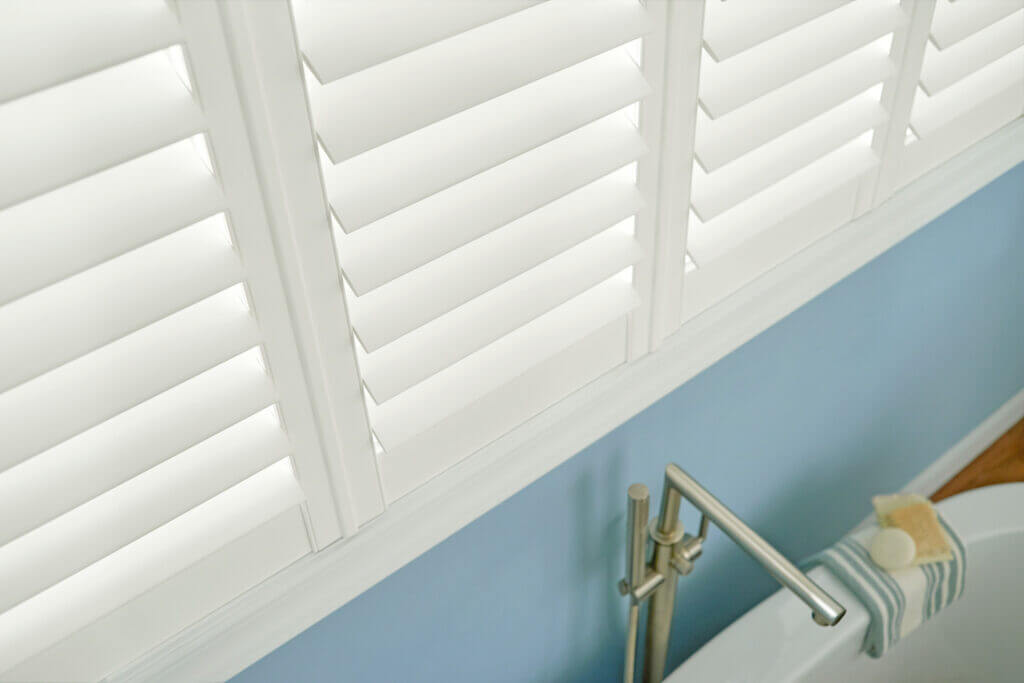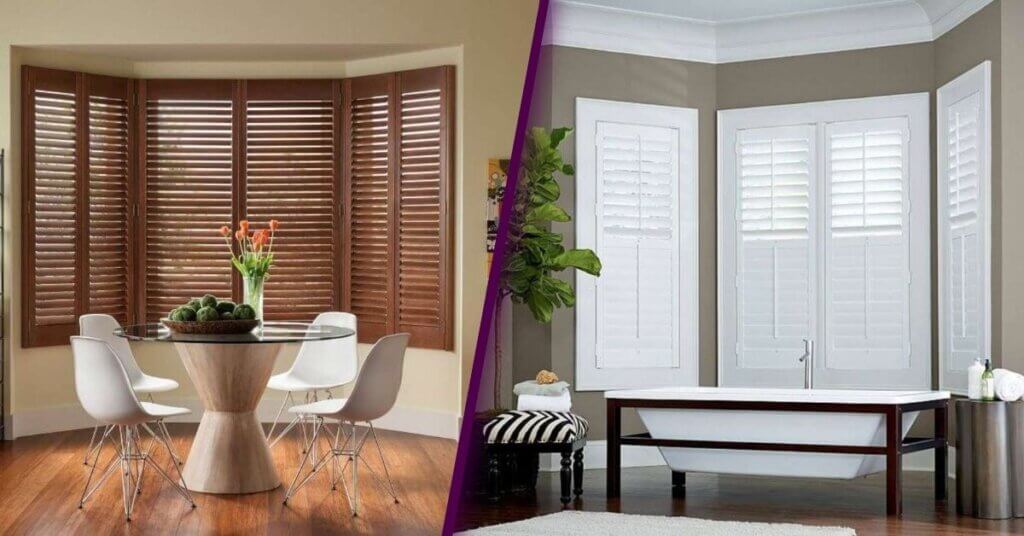Shutters aren’t just a window treatment—they’re an investment in your home’s beauty, comfort, and value. If you’ve narrowed your options to wood vs. composite shutters, you’re already on the right track toward a timeless, functional upgrade. Both options have loyal fans, and each offers unique strengths.
Your decision will depend on more than just style—it’s about durability, maintenance, and how each material fits your lifestyle. In a climate like Little Rock’s, where humidity can shift with the seasons, material choice matters even more. Let’s take a closer look so you can make the most informed choice for your home.
Understanding Wood Shutters

Natural Beauty and Timeless Appeal
Wood shutters have been a staple in interior design for centuries. Their natural beauty and rich textures bring warmth and character to any room. With paint finish and stain options, they can complement nearly any home decor style—from traditional to modern farmhouse.
Customization and Versatility
Few window treatments match the flexibility of wood shutters. They can be crafted into various shapes, making them ideal for arched or uniquely sized windows. Their lightweight nature also makes them easier to operate, even on larger panels.
Care and Considerations
Wood shutters are long-lasting when maintained properly. However, they can be vulnerable to warping, cracking, or fading in high-humidity areas or when exposed to direct sunlight. Regular cleaning and occasional refinishing help maintain the appearance and durability of these items.
Exploring Composite Shutters

Engineered for Moisture Resistance
Composite shutters are designed with moisture resistance in mind, making them a strong choice for kitchens, bathrooms, and laundry rooms. Their structure helps prevent warping and cracking in humid or damp environments.
Durability and Low Maintenance
Thanks to their sturdy build, composite shutters resist dents and scratches better than many natural materials. They’re also easy to maintain—usually requiring only a quick wipe-down to keep them looking fresh.
Budget-Friendly and Long-Lasting
Composite shutters can be more budget-friendly than wood, yet still deliver on style and home value. While slightly heavier, their resilience ensures they remain a long-lasting option for busy households.
Wood vs. Composite Shutters: Side-by-Side Comparison
Feature | Wood Shutters | Composite Shutters |
Aesthetics | Warm, natural grain; customizable stains and paints | Consistent finish; modern or classic looks |
Durability | Strong but sensitive to humidity and sunlight | Highly resistant to moisture and temperature changes |
Maintenance | Requires periodic refinishing or touch-ups | Low-maintenance; easy to clean |
Weight | Lightweight, easy to operate | Heavier; may require stronger hardware |
Cost | Higher upfront for premium look | More budget-friendly with lasting performance |
Choosing Based on Your Priorities
For Style and Warmth
If natural beauty and classic elegance are top priorities, wood shutters deliver unmatched charm. They’re perfect for homeowners who value detailed craftsmanship and customization.
For Humidity Resistance
In spaces prone to moisture, such as bathrooms or sunrooms, composite shutters often outperform wood in terms of moisture resistance and stability.
For Low Maintenance
Composite shutters are generally easier to keep clean and don’t require refinishing, making them ideal for a low-maintenance lifestyle.
Energy Efficiency and Insulation

Both wood and composite shutters offer energy efficiency benefits. Their solid panels create a barrier that helps regulate indoor temperatures and improve insulation. While differences in performance are minimal, proper installation maximizes these benefits, keeping your home comfortable year-round.
Key Takeaways
- Wood vs. composite shutters each have distinct strengths that suit different needs.
- Wood offers unmatched natural beauty and a wide range of customization options.
- Composite excels in terms of durability and moisture resistance, particularly in humid areas.
- Both provide excellent insulation and energy-saving potential.
- Your choice should strike a balance between aesthetics, maintenance, and budget considerations.
FAQs About Wood vs. Composite Shutters
Q1: Which is better for high-humidity areas—wood or composite shutters?
Composite shutters are typically better for high-humidity spaces because they resist warping, cracking, and fading. They maintain their shape and finish even in bathrooms, kitchens, and laundry rooms where moisture levels fluctuate. Wood shutters can be used in these areas but require extra care and protection.
Q2: Do wood shutters increase home value more than composite shutters?
Both types can boost home value, but wood shutters often carry a higher perceived value due to their craftsmanship and natural beauty. That said, composite shutters can still enhance your property’s appeal, especially if they match your home’s style and are in excellent condition.
Q3: Are composite shutters heavier than wood shutters?
Yes, composite shutters are usually heavier because of their engineered materials. While this makes them more durable, it can require sturdier mounting hardware. Wood shutters are lighter, making them easier to operate on larger windows, but they may not match the composite’s resistance to environmental changes.
Make the Smart Shutter Choice for Your Home
Whether you lean toward the classic charm of wood or the resilient practicality of composite, the right shutters can transform your home’s comfort, style, and value. Understanding how each performs in terms of durability, maintenance, and aesthetics ensures you’ll enjoy them for years to come.
Book an appointment with MITS Little Rock today to explore your options, see samples, and find the perfect shutters for your space.



